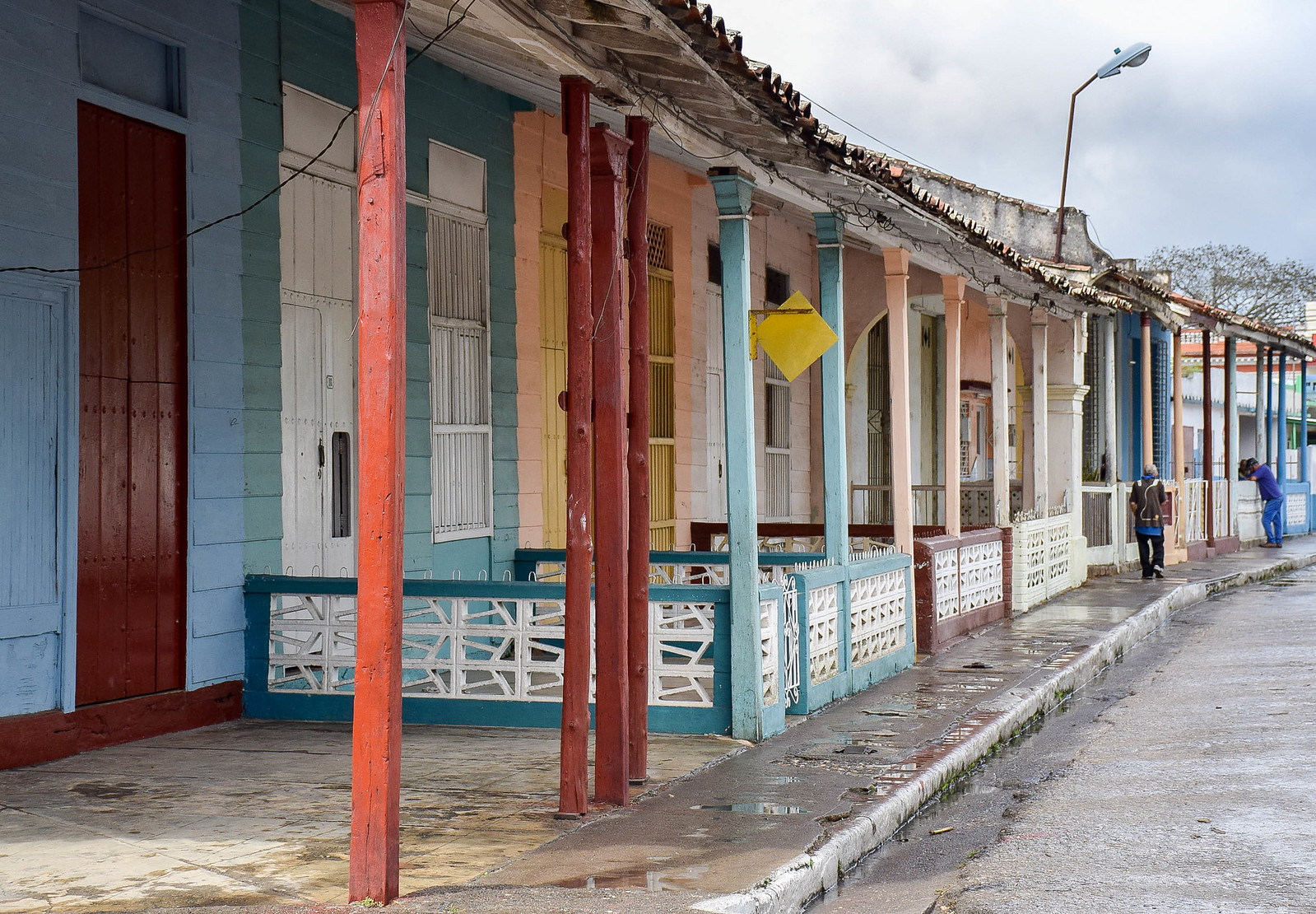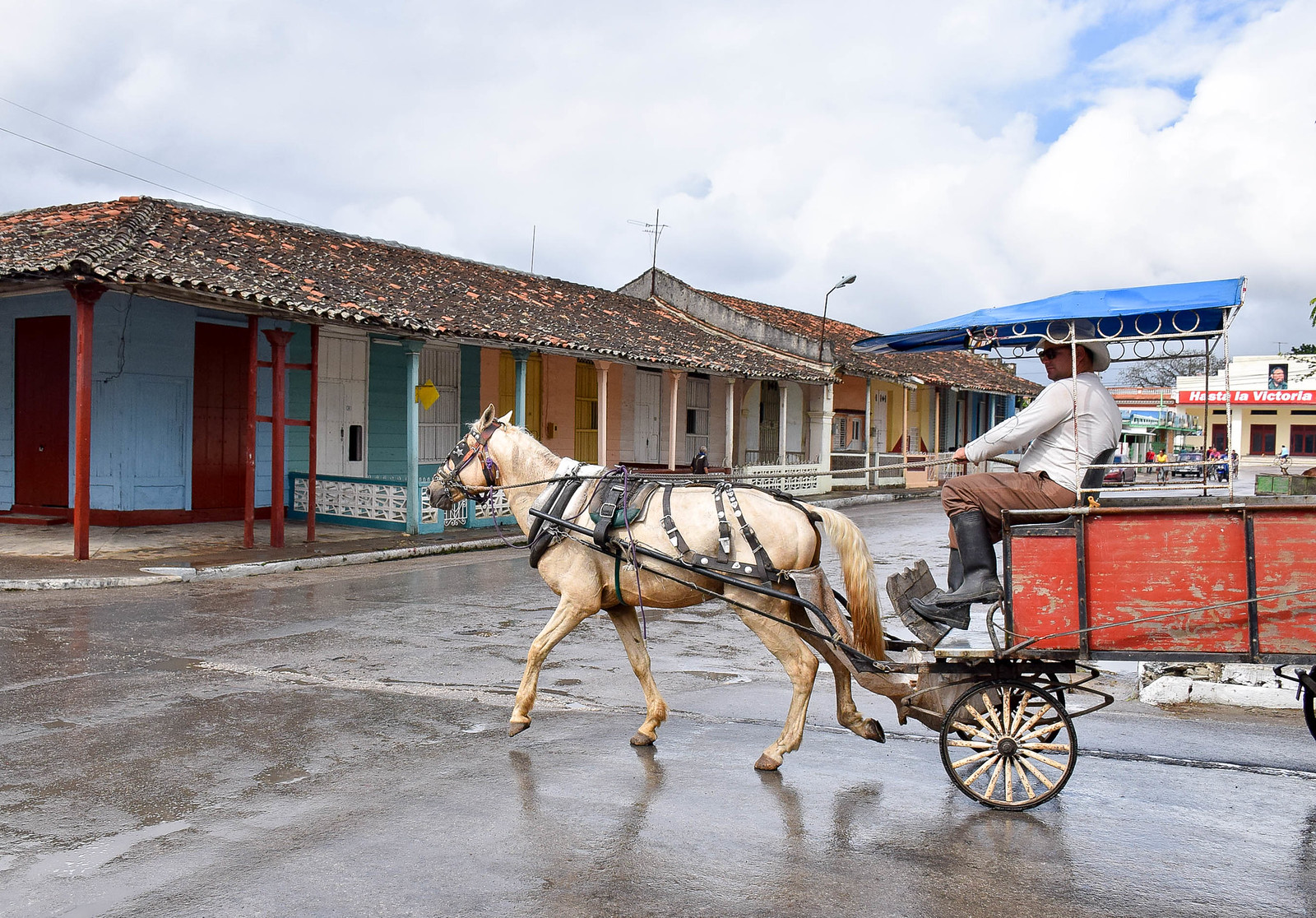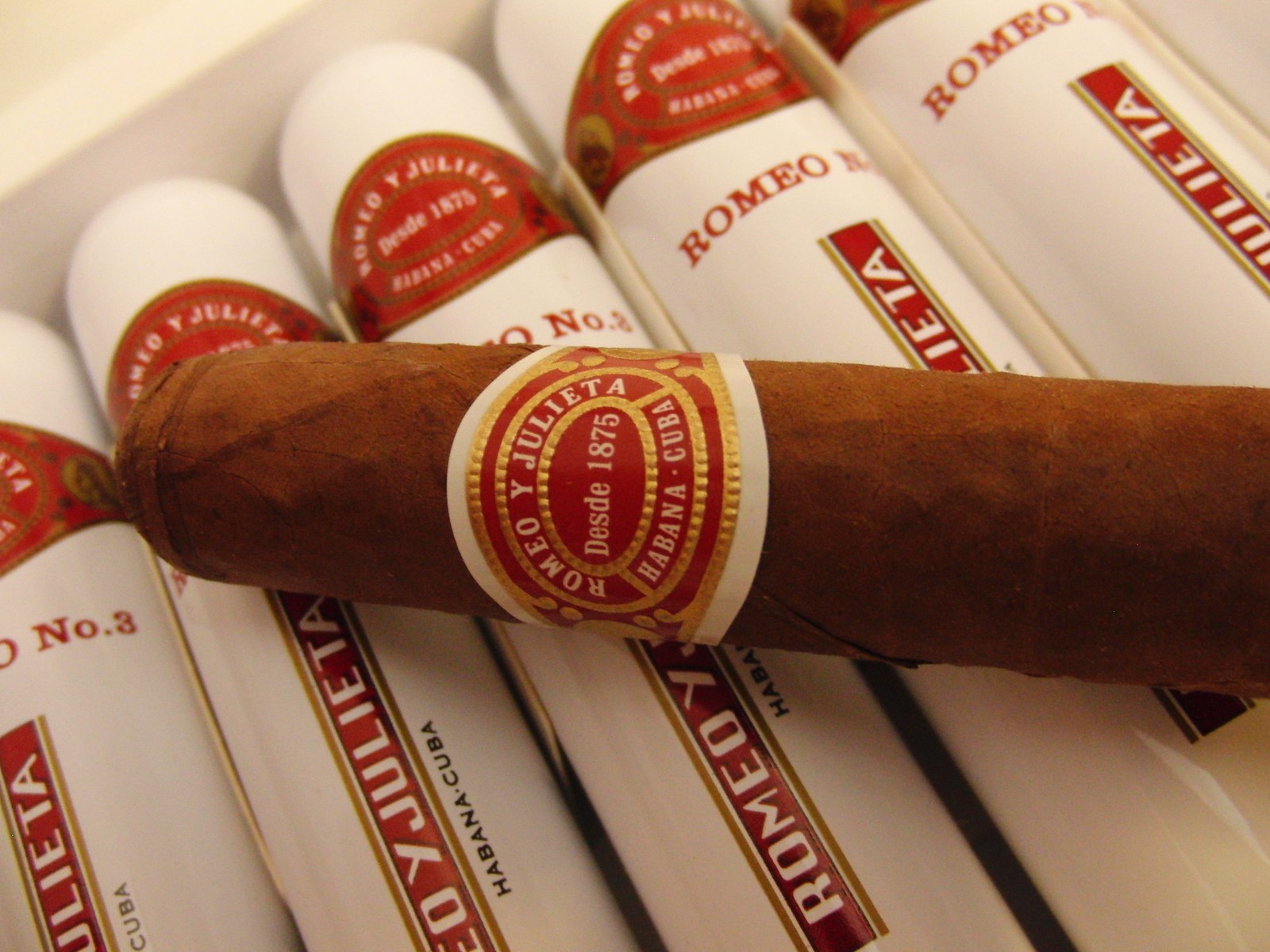Take a steel pan version of Pharrell's song, "Happy", a…

Curious Facts From a Rum and Cigar Tour in Cuba
When you take a rum and cigar tour in Cuba, it feels like taking a step back in time.
Sure, everyone says that about Cuba.
But, I’m not talking about a time when classic 1950s cars lined the streets.
No, take a step further back….way back, to a time when people relied on a little less horsepower. One horse to be exact.
This is Villa Clara Province, the agricultural heartland of Cuba. It’s an area with gently rolling hills and morning mist in the lowlands. You’ll see children, dressed in uniforms, going to school on the back of horse-drawn wagons. And you’ll see decidedly shabby, ramshackle towns dotting the countryside.
It’s a far cry from the mythical images of Ernest Hemingway drinking rum daiquiris and smoking the famous Cuban cigars, made from the sugar cane and tobacco that grows here.
The rum and cigar tour in Cuba

Santa Clara Province is not far from the beach resorts in Cayo Santa Maria in Cuba. When I booked a beach vacation at the Sanctuary at Grand Memories with Sunwing Vacations, I also scheduled a day tour to learn more about this fascinating region and its history.
The day tour includes visits to the town of Remedios and the Che Guevara Mausoleum.
We also stopped at the Sugar Museum, an inactive sugar cane mill, and a surprisingly intense cigar factory in the town of Camajuani. That’s how I learned a number of curious facts about rum and cigars in Cuba.
Rum is is distilled sugar cane juice

Cuba’s rum is considered to be among the best in the world and one of the reasons for that is its sugar cane. Rum is made directly from sugarcane juice or “guarapo”. We had a chance to taste the juice at the sugar cane factory. It’s kind of like sweetened water.
The juice is made by squishing the sugar cane in a giant steam-powered press. The juice is boiled to create molasses, which is combined with water and yeast to ferment. Then the liquid is distilled and aged for at least two years in oak barrels. As a last step, it’s filtered through charcoal.
Sounds delicious? Hemingway was right. It makes a great daiquiri!
Cuba’s sugar cane plantations were built by slaves

The sugar museum is very open and indeed, informative about Cuba’s history with slavery.
More than a million African slaves were brought to Cuba as part of the Atlantic slave trade. Conditions were harsh for slaves who worked on sugar plantations and in sugar mills. During harvest time, the work day was often 20 hours long and at night they were packed into cramped barracks. Physical punishment, like whipping, was common.
Slavery was abolished in Cuba in 1886. Today, more than half the population descends from African slaves.
There are two kinds of Havana Club

Havana Club is the most iconic brand of Cuban rum, but there are actually two versions of it.
In 1960, Fidel Castro nationalized all companies in Cuba, including the rum distilleries. The Bacardi family made it out, recipes and intellectual property in hand. It produces Havana Club rum in Puerto Rico and sells it into the United States and around the world.
The second Havana Club is produced by the Cuban government in partnership with a French company. This is the one that’s made with only Cuban sugar cane and is aged longer. Some say this is the only real deal.
Cuba’s terroir is ideal for sugar cane and tobacco

Like wine grapes, the taste of sugar cane and tobacco is affected by the “terroir” or the growing conditions. Cuba’s terroir, with its excellent soil and sticky climate, is considered to be the best in the world for growing sugar cane and tobacco.
On the tour, we visited Camajuani, a town at the centre of one of the most fertile agricultural regions. The town has been impacted by the decline of Cuba’s sugar economy. Many of the big mills here closed after the 1991 breakup of the Soviet Union, which was Cuba’s biggest customer. Cigar production, however, is still going strong.
It takes 2 years to make a cigar

Tobacco plants grow quickly after the seeds are germinated in a nursery and replanted as seedlings. Turning those leaves into something you can smoke is a longer process.
First, the leaves are hung from the ceilings of drying barns for about 45 days, where they will turn from green to brown. Then, in a mix of science and artistry, the leaves are bundled and piled on platforms for the fermentation process. The pressure in the pile gets rid of the ammonia and impurities and determines the level of nicotine in the tobacco. After that, the leaves are baled and left to age for two years or more before being rolled into cigars in a factory.
Cigar rollers make good money

I was surprised by the cigar factory we visited on the tour. I had seen cigar rolling demonstrations for tourists before (photo above) and expected something similar, but this factory was the real thing (and no photos allowed).
Workers, 250 of them, sat elbow to elbow on wooden chairs bent over small desks piled high with tobacco leaves. The room was a stark warehouse with aged concrete walls. Inspectors walked among the rows of workers surveying the production.
By Cuban standards, a good cigar roller can earn as much as $45 per month, about the same as doctors, and more than double the average income of $20. It takes three months of training to become a cigar roller, and those who lack the skill are let go after that period. Most cigar rollers last only about five years in the job due to the health hazards.
Why some Cuban cigars are named after books

Photo by charlieh0tel from Flickr
Wonder how some of the most famous cigars from Cuba got their names?
It’s common practice for someone to read aloud at the cigar factory to help make the time pass for the workers. Two kinds of cigars were named after a couple of favourite reads: Shakespeare’s Romeo and Juliet and the Count of Monte Cristo, the novel by Alexandre Dumas.
It all adds to a certain mystique that many have about Cuba, with its elegantly decaying buildings, famous rum drinks and cigars named after Shakespearean characters. But for that day on the tour, we were provided with a glimpse into real life in Cuba, past and present.

More Information:
All-inclusive package and tour by: Sunwing Vacations
The Resort: Sanctuary at Grand Memories, Santa Maria, Cuba
Money tips: If you’re buying rum and cigars in Cuba, here’s what you need to know about Cuban Currency.
Suggested Reading: Lonely Planet Cuba (Travel Guide), DK Eyewitness Travel Guide Cuba
Sunwing Vacations provided the tour on a complimentary basis, but my opinion are, as always, my own.
Pin it:
A Toast to Hemingway’s Haunts in Havana
How to Plan the Perfect Do-Nothing Beach Vacation
The Colourful Town in Cuba You Probably Haven’t Heard Of (Yet)






I guess this is a bit off-topic but how can you take such evocative photographs in the rain? I hope I get to Cuba before we’re locked out entirely!
Thanks Irene! It had actually just stopped raining when I took these shots, so it was an ideal combination: wet pavement but no water droplets on the camera lens. I have taken photos while trying to balance an umbrella over the camera though. I’m not sure I’ve got that down yet. Yes, it’s unfortunate that you can’t visit Cuba easily. It’s a regular winter getaway for Canadians.
Very interesting! We used to do both in the Philippines, too. I saw cigar rolling in Miami but being paid the same as doctors?
I know it, seems odd. Only the best and fastest cigar rollers can make that much. All health care in Cuba is Government-run and free for all citizens, so doctors are paid a state salary. It might make you wonder, but Cuban health care is considered quite high quality by international standards. Just like the cigars!
Both the sugar museum and the cigar factory sound interesting. I visited Cuba many years ago and saw a sugar plantation and an inactive sugar cane mill. My cigar experience involved buying cigars in Havana for a friend back home. And it was a bit of an experience – not as straightforward as I would have expected.
Thanks Donna. In Havana, there are plenty of entrepreneurs that can provide an interesting, and not always government-sanctioned, experience.
It is so interesting to see how rum and cigars are made. Coincidentally, I recently visited a cigar factory in Nassau. Very interesting, indeed.
Thanks Carole. I didn’t know they made cigars in the Bahamas. Another place I need to visit!
Fascinating to hear that these rum and cigar-making traditions are still going on in Cuba! The same story happened in Guadeloupe with sugar plantations to make rum and coffee plantations too: slave labor, treated abominably, to cater to European demand for these commodities.
Thanks Rachel. It seems it happened throughout the Caribbean.
I was in Cuba last summer and wanted to tour the cigar plantations while we were in Vinales but it poured rain the whole time. Your photos make me want to go back and see the process!
Thanks Patti. Yes, the regular rainfall is not so fun for us, but one of the reasons the tobacco grows so well there.